
Pink Bower Vine Garden vines, Climbing plants trellis, Climbing plants
Our native Lonicera periclymenum is ideal - the variety 'Graham Thomas' is said to be the closest cultivar to our native species. Hops Climbers for wildlife - hops Humulus lupulus provides shelter for insects and leaves for caterpillars, including the comma butterfly. Ivy Climbers for wildlife - ivy

11 Australian Native Climbing Plants and Vines for Your Garden Ultimate Backyard
This fast growing plant is an evergreen vine that reaches up to 15 feet in length. It has tubular flowers; red on the outside and yellow on the inside when in the wild, orange/red/purple range when cultivated. It will bloom from late April to May. It prefers full sun. Read more about growing crossvine here.
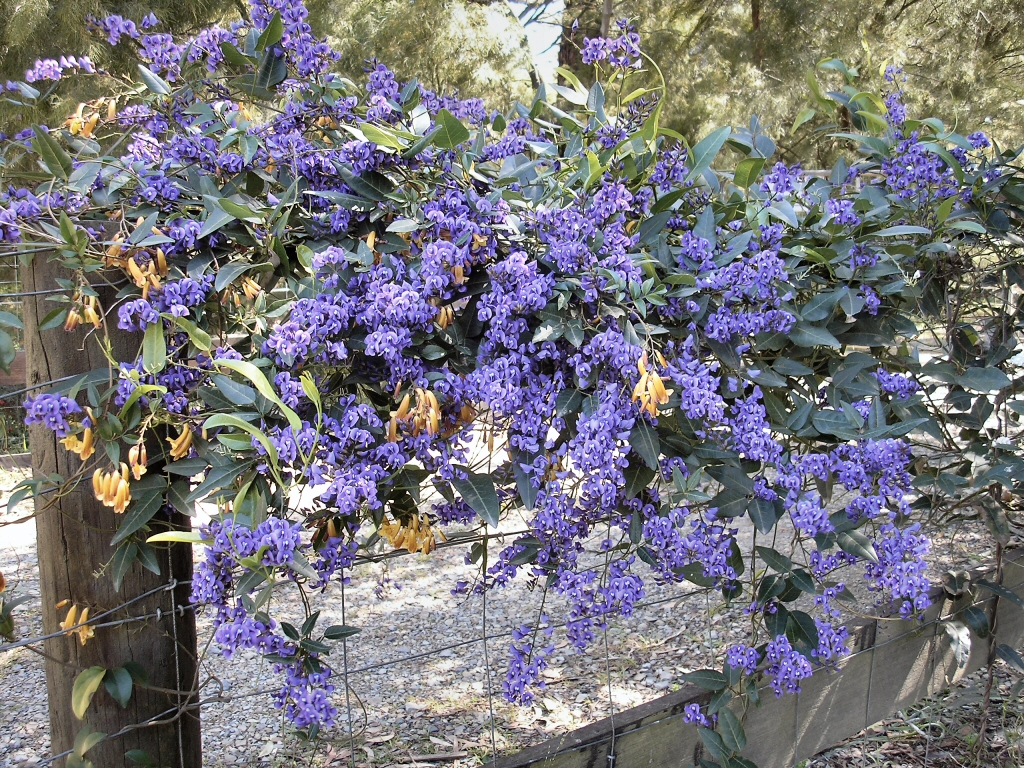
Australian Native Climbers and Creepers Gardening With Angus
This native Clematis is an open, climbing and trailing vine that grows in a variety of open or wooded conditions and prefers moist soils. In the wild it is typically found at the woodland border and in clearings where it will climb to 15' using its twisting leaf stalks. This species also tolerates alkaline soils.

The best climbing plants for Australian gardens Homes To Love
Many climbing or vining plants have fragrant blossoms and present lots of color at eye level. The sight of a climbing rose on a trellis, a wisteria vine on an arbor, or a twining clematis on a tuteur almost always elicit admiring glances from passersby.. Native Plants of the Southeast (Mellichamp, Larry, 2014). The New York/Mid-Atlantic.
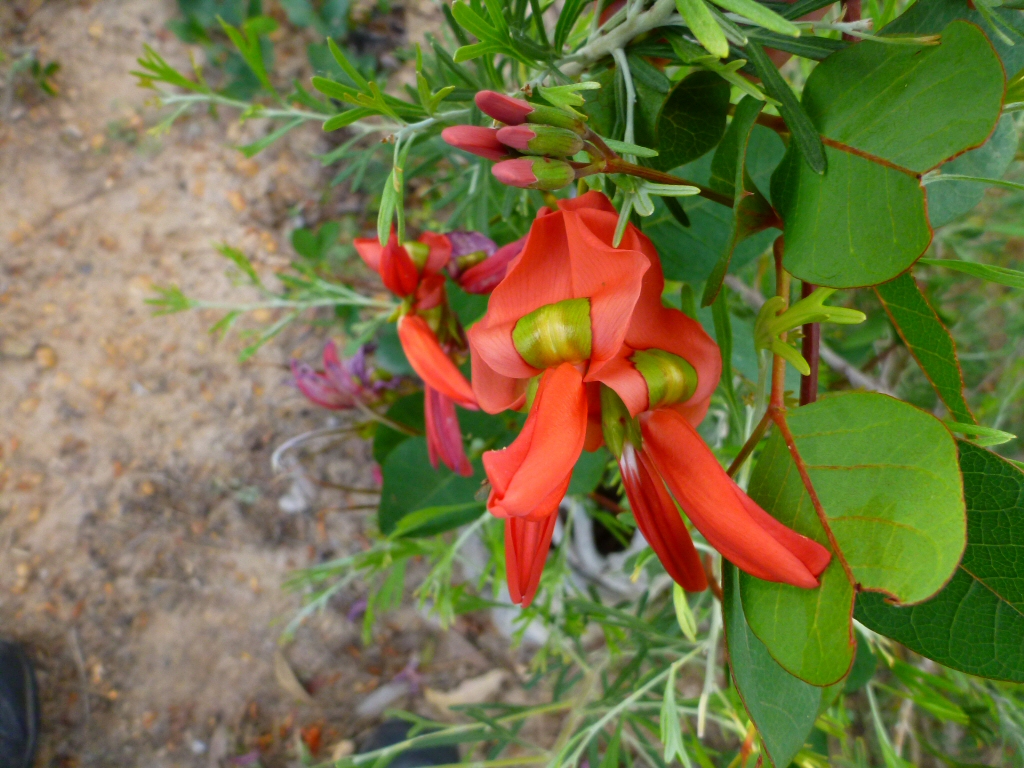
Australian Native Climbers and Creepers Gardening With Angus
That has a bearing on maintenance, as many of the above species need serious containment. Some will root at every node if given a chance and often produce an abundance of root suckers as well. A mower will provide adequate control along a fence or on a solitary tree. Be careful about using most vines in mixed borders.
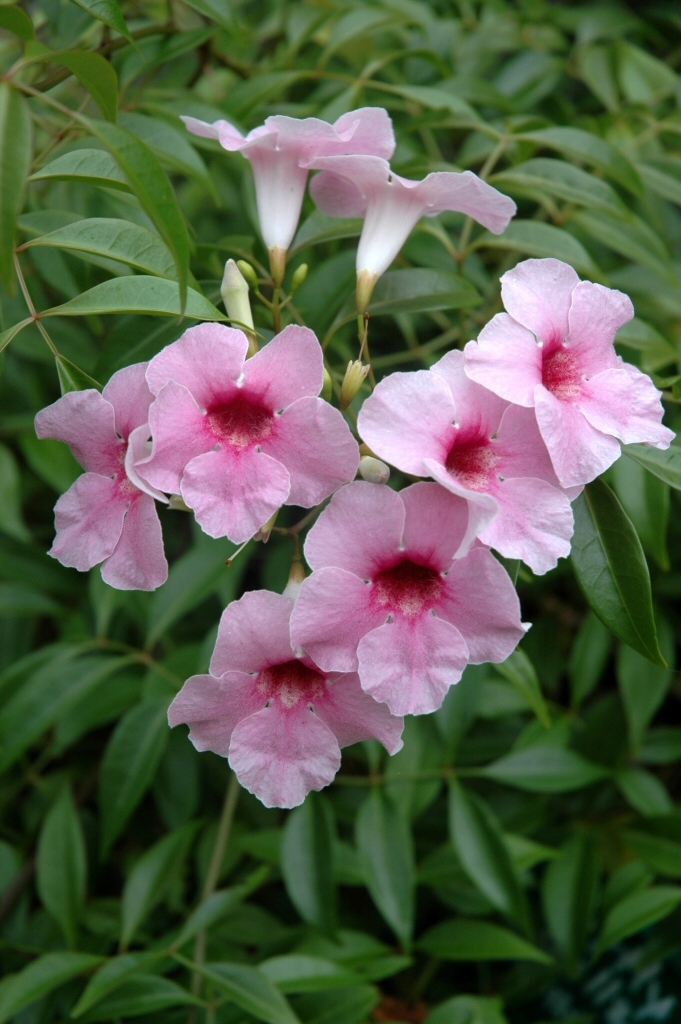
Australian Native Climbers and Creepers Gardening With Angus
USDA 4-7 (UK H5). 2. Best climbing plant for trellis. (Image credit: Alamy) Humulus lupulus 'Aureus' AGM (the golden hop) has superb lime-yellow leaves that light up the garden. In summer, it produces primrose-green cone flowers. Then, in fall, the leaves glow butterscotch, and the plant is hung with hops.

Best 10 climbing plants David Domoney
1. American Bittersweet If you love the look of bittersweet but don't like its invasive nature, consider American bittersweet ( Celastrus scandens) instead. In full sun to light shade in Zones 3 to 8, it offers up charming ovate leaves, heaps of fragrant white flowers, and clusters of red berries in the fall. Birds love the fruit.

Choosing an Australian climbing plant GardenDrum
Home Gardening Tips, Plant Selection Guides Native Vines for North Carolina Native Vines for North Carolina About 25 percent of the plant species native to North America are at risk of extinction. You can help reverse this trend by planting great native plants in your garden.
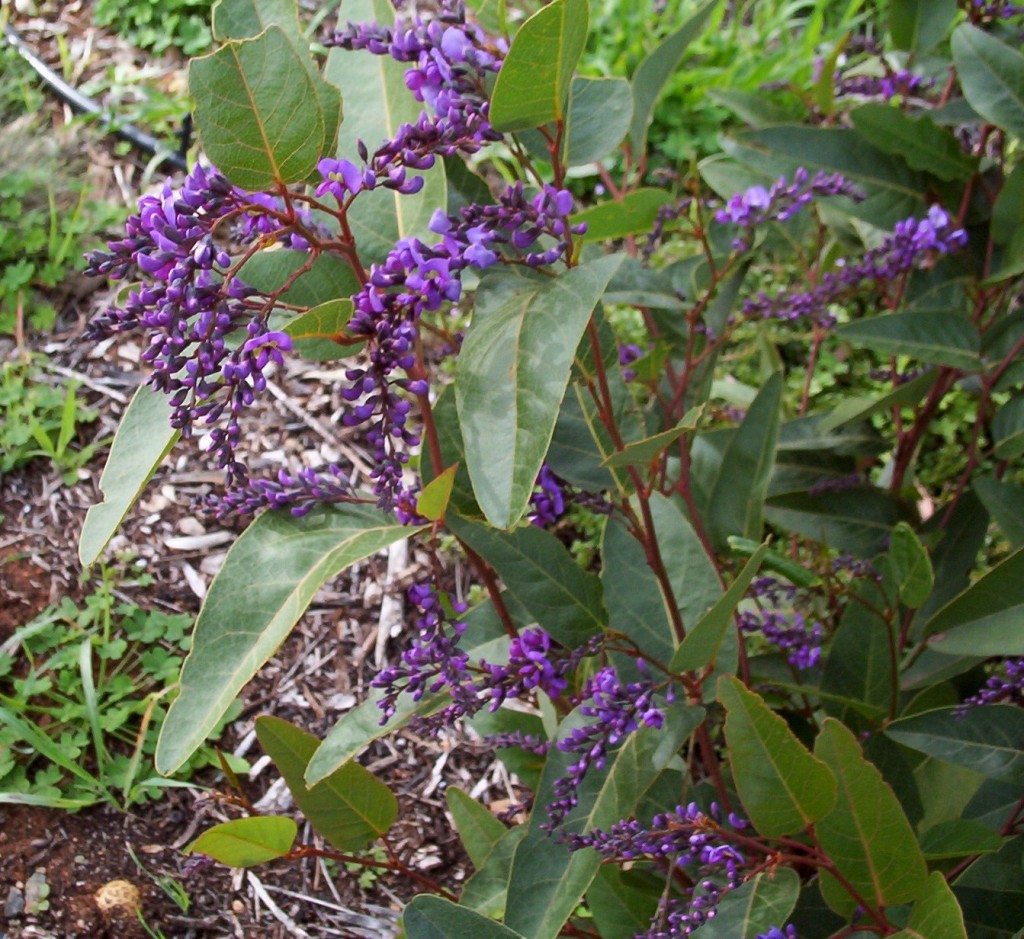
Climbers and Ground Covers Archives Page 2 of 4 Mallee Native Plants Mallee Native Plants
Many climbing plants can also help with native gardening for wildlife by providing a habitat or food source for insects or birds. All 25 plants below are non-invasive and thirteen of them are North American natives. Climbing Plants for Foliage. Virginia Creeper needs strong support. (Foto: CC0 / Pixabay / _Alicja_)
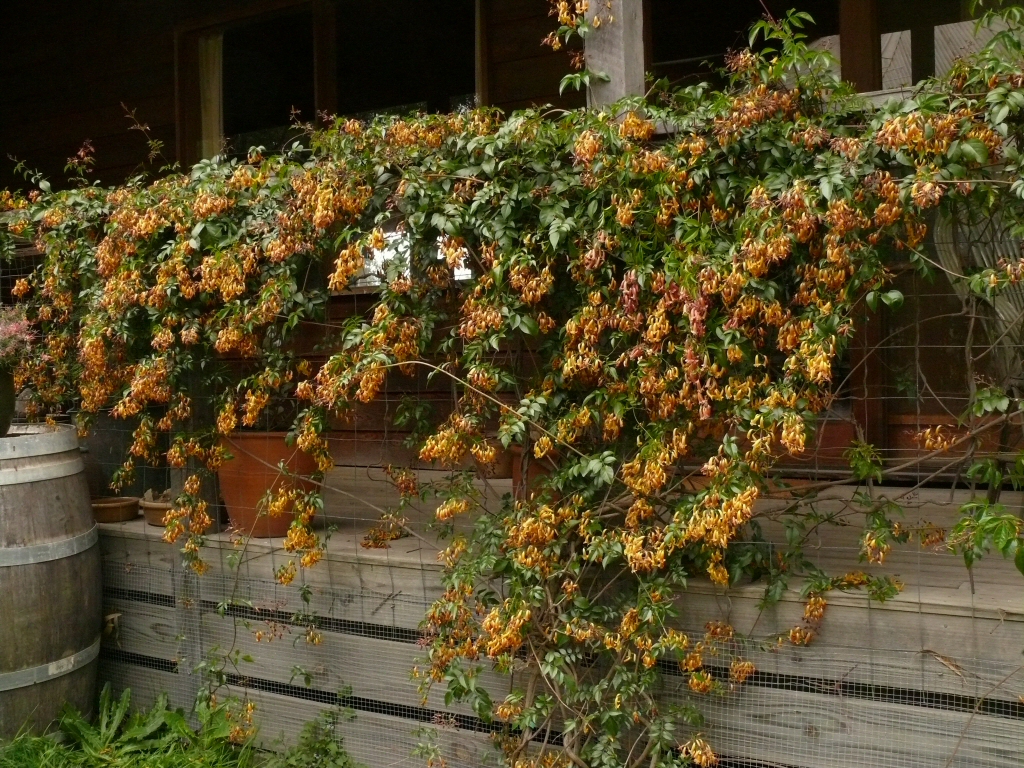
Australian Native Climbers and Creepers Gardening With Angus
V. californica has extraordinarily high value for wildlife; it is a keystone plant and the larval host for at least 62 species of Lepidoptera, including the white-lined sphinx ( Hyles lineata ), the Polyphemus moth ( Antheraea polyphemus ), and the elegant sheep moth ( Hemileuca eglanterina ).

Flowering climbers that demand sun include bougainvillea, pictured, and roses such as ‘Lamarque
Native Plant Guides. Front Range ( Print Version) Mountains ( Print Version) Prairie ( Print Version) Southeast ( Print Version) West Slope ( Print Version) Native Plant Reference List, CMG GardenNotes #582. Native Shrubs for Colorado Landscapes, Extension Fact Sheet #7.422. Native Trees for Colorado Landscapes, Extension Fact Sheet #7.421.

Growing Vertical with Native Vines Climbing plants for fences, trellises and walls Wild Seed
But to inspire you to make your own choices, here are 25 excellent climbing plants and flowering vines to consider: 1. Bittersweet (Celastrus scandens) This fast growing, deciduous climber is one interesting choice. The plants bear clusters of greenish-yellow flowers in June followed by orange-yellow fruits which split open, revealing the.
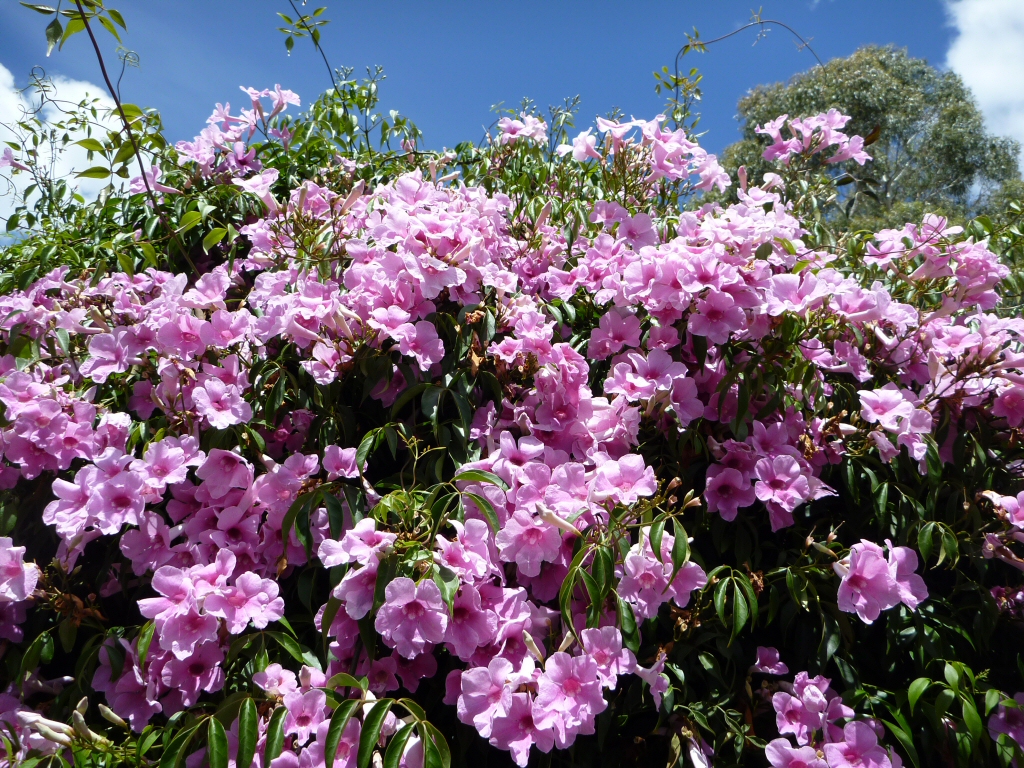
Australian Native Climbers and Creepers Gardening With Angus
Growing Vines in the Northwestern U.S. Native Pacific Northwest flowering vines are an excellent choice for the landscape. They add vertical dimension to the garden, attract hummingbirds and butterflies, and because most vines grow rapidly, make wonderful privacy screens.. Pacific Northwest native vines have already acclimated to local conditions such as weather, soil, and rainfall.

Fast Growing Climbing Plants Australia Plants BC
00:00 Clarence shares his tips on choosing - and training - some of Australia's wonderful climbing plants. SERIES 32 | Episode 18 Whether you're looking to cover a fence, fill in a vertical gap or create a show along a balcony railing, there are plenty of attractive and tough natives to choose from that are natural climbers in sun or shade.

Climbing plants 7 fast growing climbers, vines and creepers Kletterpflanzen, Gartendekoration
Why do they climb? JP: Vine species have evolved to spread and climb to gain a competitive advantage. Oftentimes the vines are seeking brighter light conditions by growing up a tree trunk to reach.

Our 10 Favorite Outdoor Climbing Plants Family Handyman
Climbing aster is a sprawling vine that tends to grow over plants, up a trellis or on a fence. It can be pruned in the spring to retain a more shrubby appearance. This plant can grow six to ten feet tall in full sun or partial shade. While it can tolerate brief periods of flooding, it prefers moist, well-draining soils.